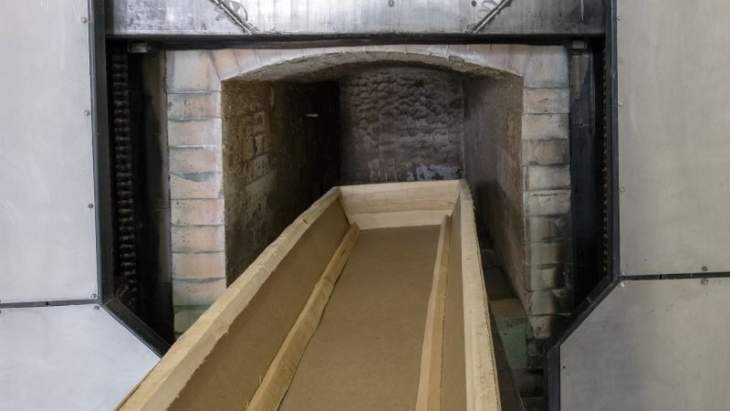The nation woke up on January 1 to news that former Attorney General and powerful power broker in the Jomo Kenyatta and Daniel Arap Moi government’s had died and his remains cremated just hours later.
While messages of tributes and goodwill to the family flowed from prominent leaders, few questions remain unanswered on what exactly happens before and after a body is cremated
Here are seven things that happen before a body is cremated.
1. Identification of the body and presentation of necessary documents
To ensure that due process has been followed, family members provide the necessary paperwork required by law and which are confirmed by local authorities to ensure that the right body is being cremated.
2. Preparation
In normal processes, the body is cleaned before further identification. In case the family has requested public viewing, the body is embalmed by draining off blood and other body fluids.
3. Separating jewellery or metallic items from the body
After that, items such as jewellery, medical devices such as pacesetters are removed to avoid any risks such as an explosion during the cremation process.
4. The container
Usually, there are special coffins used in the cremation process. However, one can simply use a card box. The key consideration for the container used for cremation is that it should be able to hold the body during the exercise and be easily combustible.
5. The cremation chamber
The cremation chamber is referred to as a retort. It is lined with fire-resistant bricks which can withstand up to 2000 degrees Celsius of heat and should be large enough to hold one body. At their request, the family of the deceased can be present during this process when the body is placed inside the retort.
At the Kariakor crematorium where Njonjo, Nobel Prize Laurette Wangari Maathai, two-time Africa Classic golf champion Peter Njiru and former KANU era minister Peter Habenga Okondo were cremated, there are two cremations options; burning of the body using firewood and use of an electric kiln which is costly.
The electric option lasts for about 40 minutes while the use of firewood can take up to six hours.
6. Collection of the ashes, bones after the cremation
The foreman at the Kariakor crematorium says that he usually takes the bones, grinds them into ashes or what is called cremains before placing the ashes in a special container referred to as an urn, a day after the body has been cremated.
7. Handing over the ashes to the family
The ashes are then handed over to family members who will decide whether to bury the ashes, spread them on a field or river depending on their religious, personal or cultural beliefs.
There's no story that cannot be told. We cover the stories that others don't want to be told, we bring you all the news you need. If you have tips, exposes or any story you need to be told bluntly and all queries write to us [email protected] also find us on Telegram

